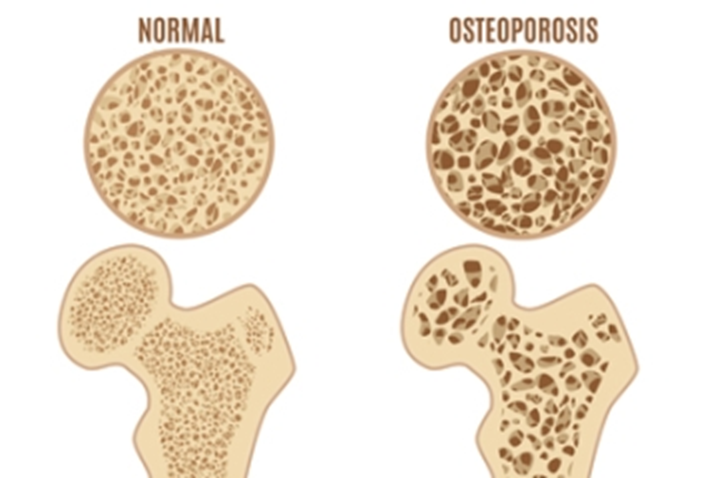A nurse is caring for a client who is postoperative following the placement of a colostomy. Which of the following findings indicates that the colostomy is functioning properly?
Passing of flatus
Stoma is pinkish-red
Tolerating a clear liquid diet
Absent bowel sounds
The Correct Answer is B
Choice A reason: Passing of flatus is not a reliable indicator of colostomy function, as it can occur even when there is an obstruction or ischemia in the bowel.
Choice B reason: Stoma is pinkish-red is a sign of a healthy and well-perfused colostomy, as it indicates that the blood supply to the bowel segment is adequate and there is no necrosis or infection.
Choice C reason: Tolerating a clear liquid diet is not a specific indicator of colostomy function, as it does not reflect the amount or consistency of the stool output.
Choice D reason: Absent bowel sounds are not a normal finding for a colostomy, as they can indicate a paralytic ileus or a bowel obstruction, which can cause complications such as distension, pain, or perforation.
Nursing Test Bank
Naxlex Comprehensive Predictor Exams
Related Questions
Correct Answer is A
Explanation
Choice A reason: Difficulty swallowing is a sign of anaphylaxis, which is a severe allergic reaction that can cause swelling of the throat and tongue, leading to airway obstruction and respiratory distress.
Choice B reason: Petechial rash on the abdomen is not a sign of anaphylaxis, but rather a sign of thrombocytopenia, which is a low platelet count that can cause bleeding under the skin.
Choice C reason: Hypertension is not a sign of anaphylaxis, but rather a sign of high blood pressure, which can be caused by various factors such as stress, pain, or kidney disease.
Choice D reason: Bilateral tinnitus is not a sign of anaphylaxis, but rather a sign of hearing loss or damage, which can be caused by exposure to loud noise, ear infection, or medication side effects.
Correct Answer is B
Explanation
Choice a is not correct because consuming canned sardines twice a week is not a risk factor for osteoporosis, but rather a protective factor. Canned sardines are rich in calcium and vitamin D, which are essential for bone health.

Choice c is not correct because applying an estrogen vaginal cream daily is not a risk factor for osteoporosis, but rather a treatment option. Estrogen therapy can help prevent bone loss and reduce the risk of fractures in postmenopausal women.
Choice d is not correct because walking 30 minutes per day is not a risk factor for osteoporosis, but rather a beneficial exercise. Weight-bearing physical activity can stimulate bone formation and improve bone strength.
Whether you are a student looking to ace your exams or a practicing nurse seeking to enhance your expertise , our nursing education contents will empower you with the confidence and competence to make a difference in the lives of patients and become a respected leader in the healthcare field.
Visit Naxlex, invest in your future and unlock endless possibilities with our unparalleled nursing education contents today
Report Wrong Answer on the Current Question
Do you disagree with the answer? If yes, what is your expected answer? Explain.
Kindly be descriptive with the issue you are facing.
